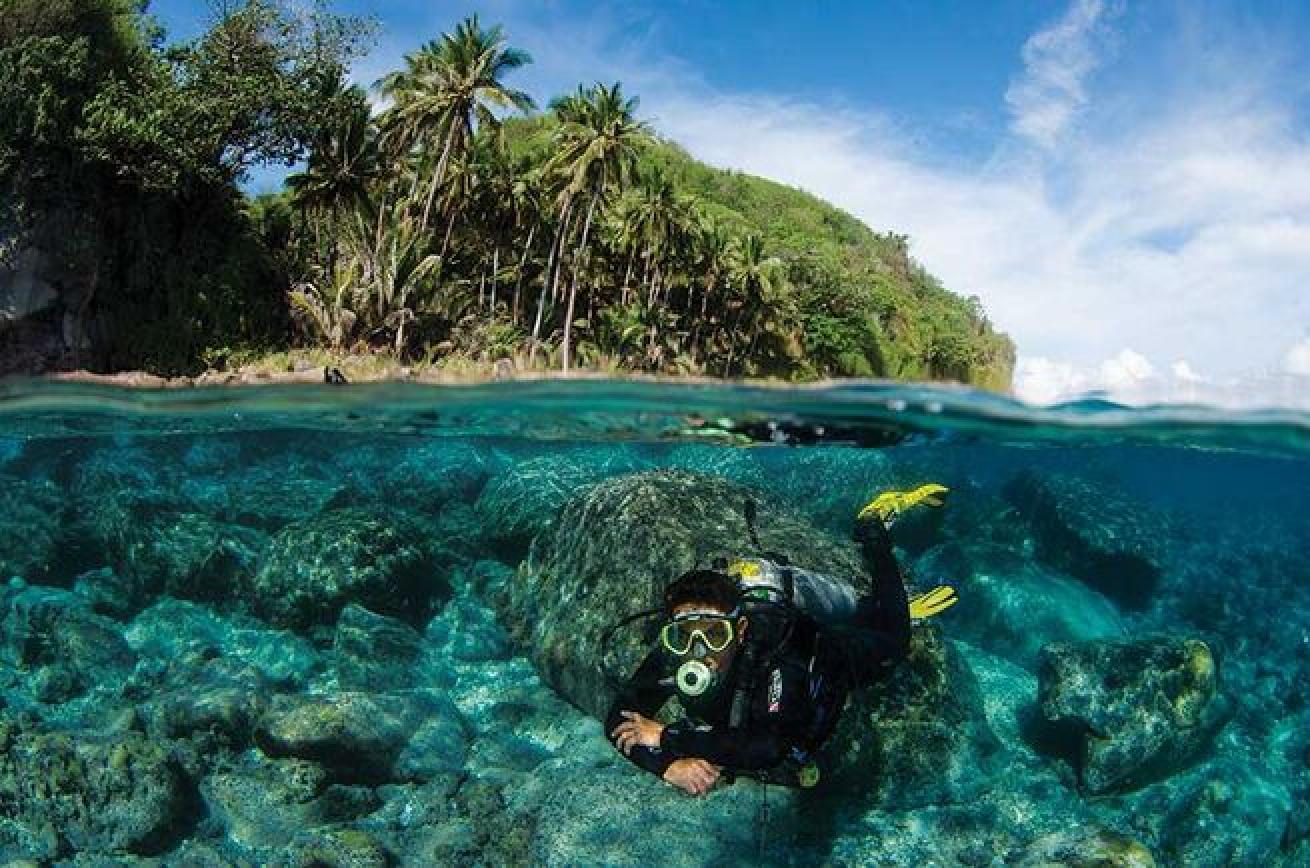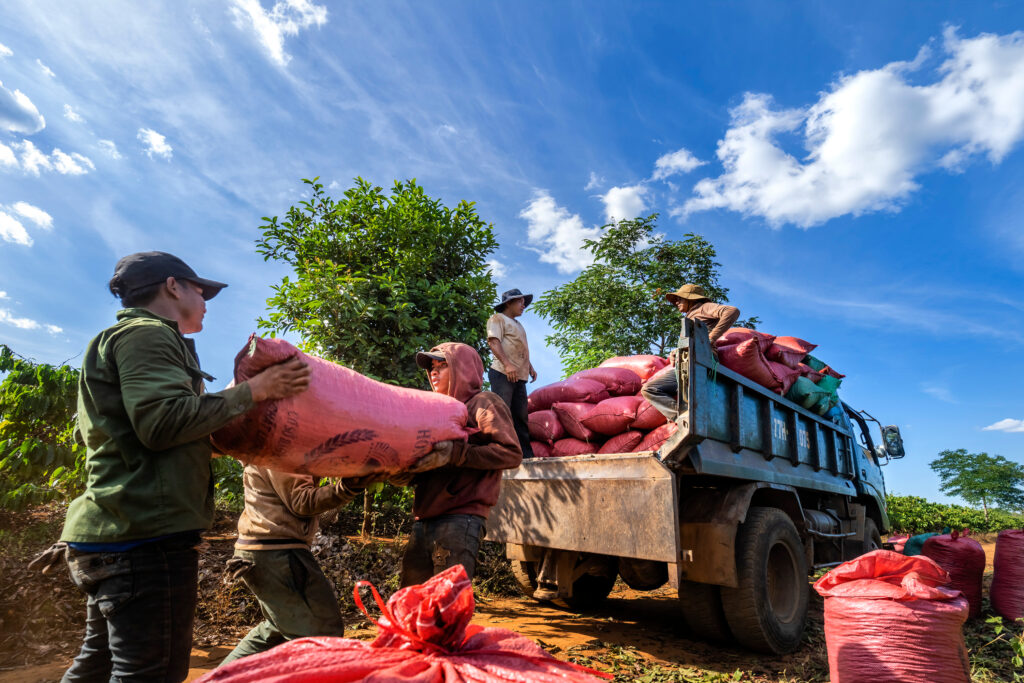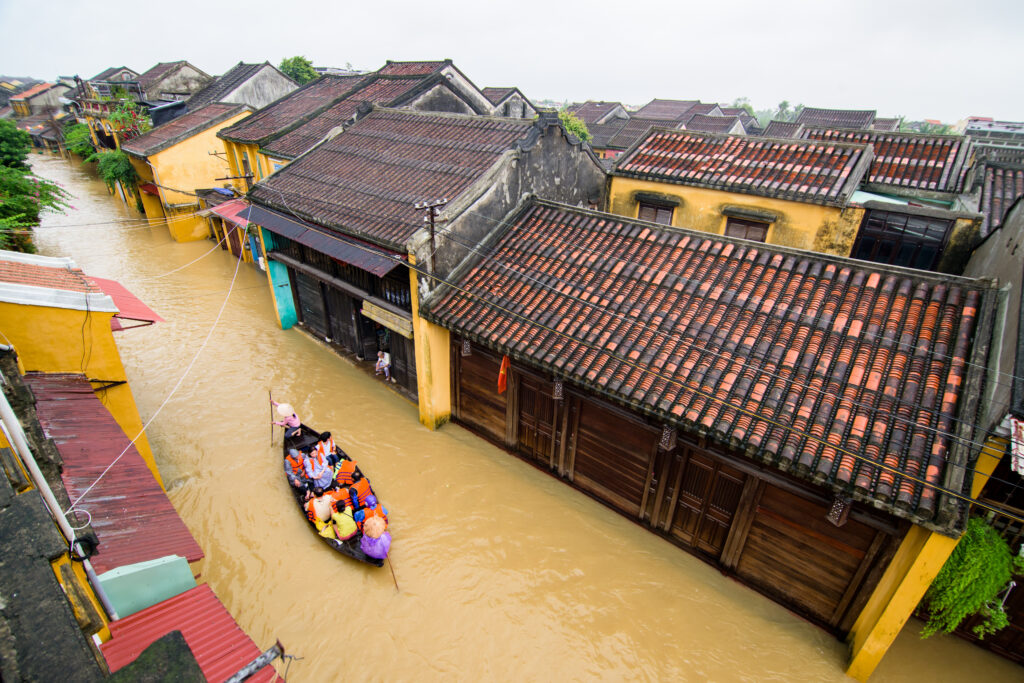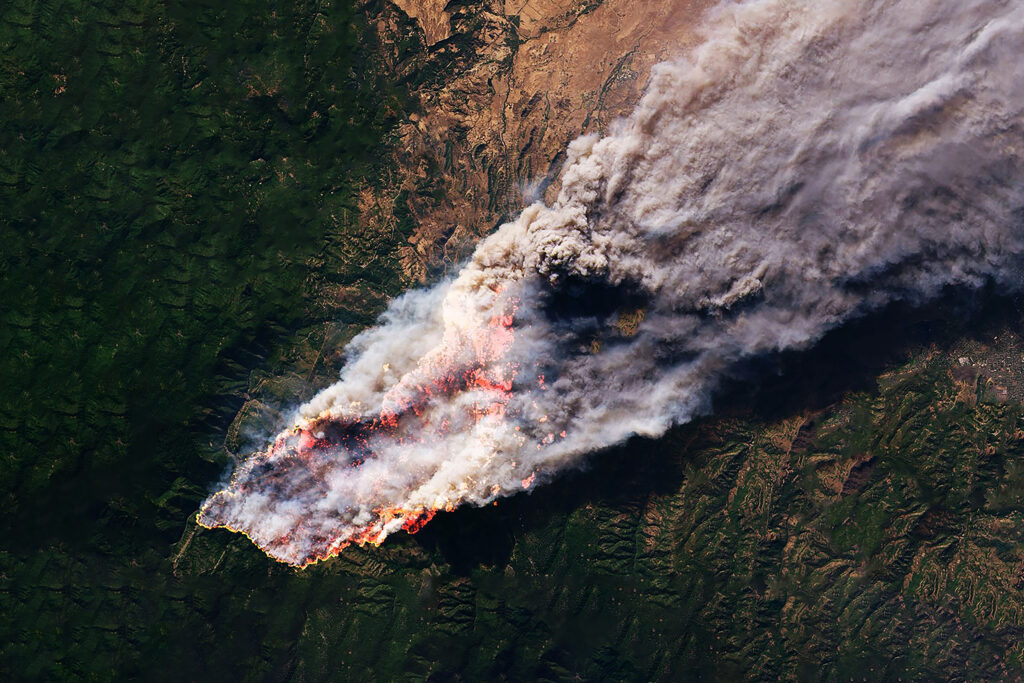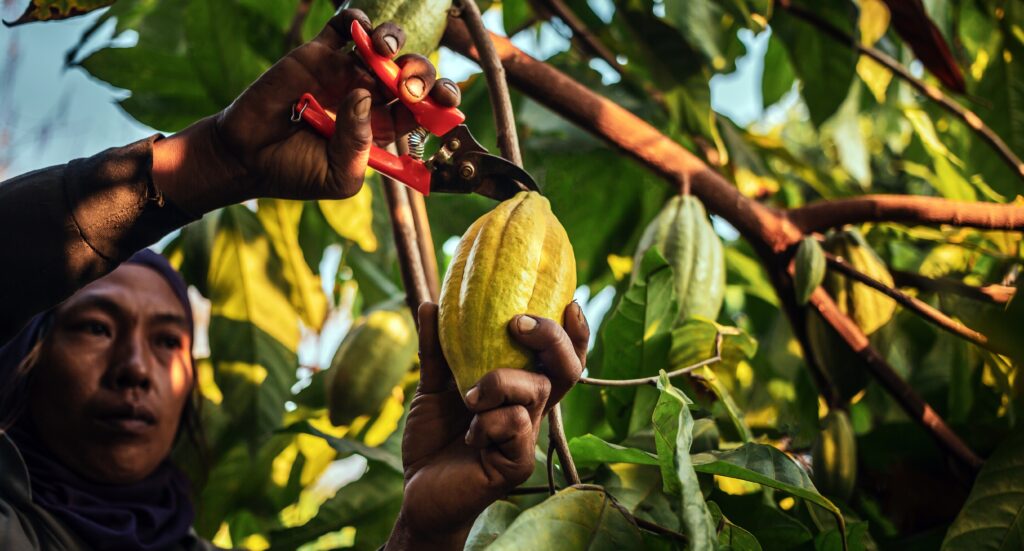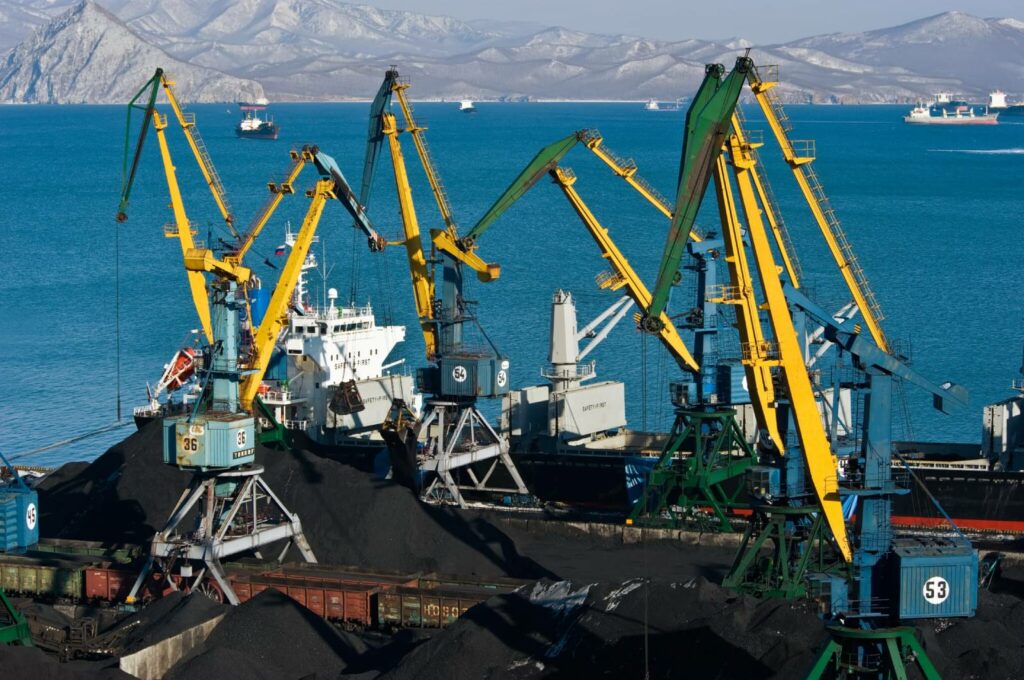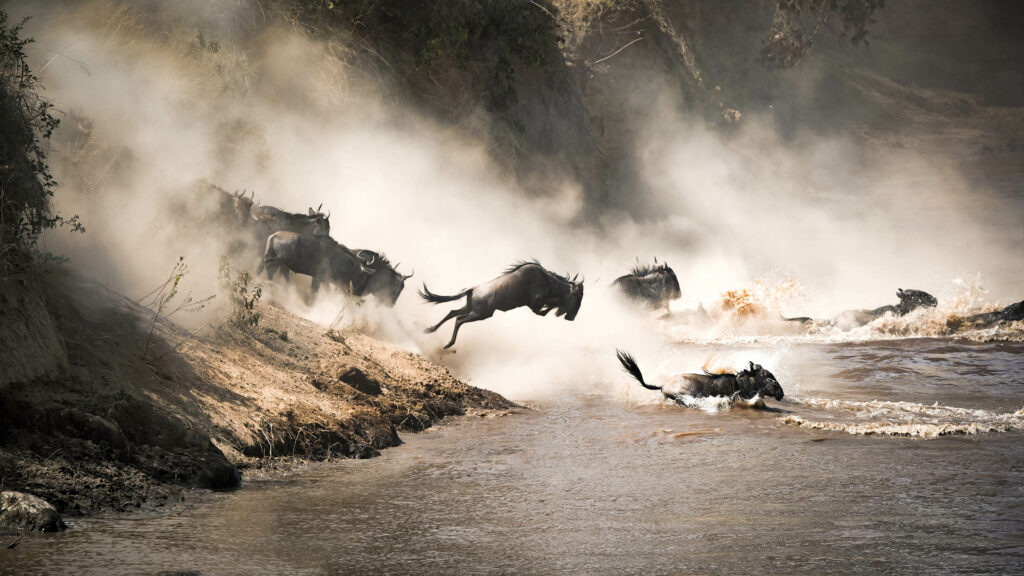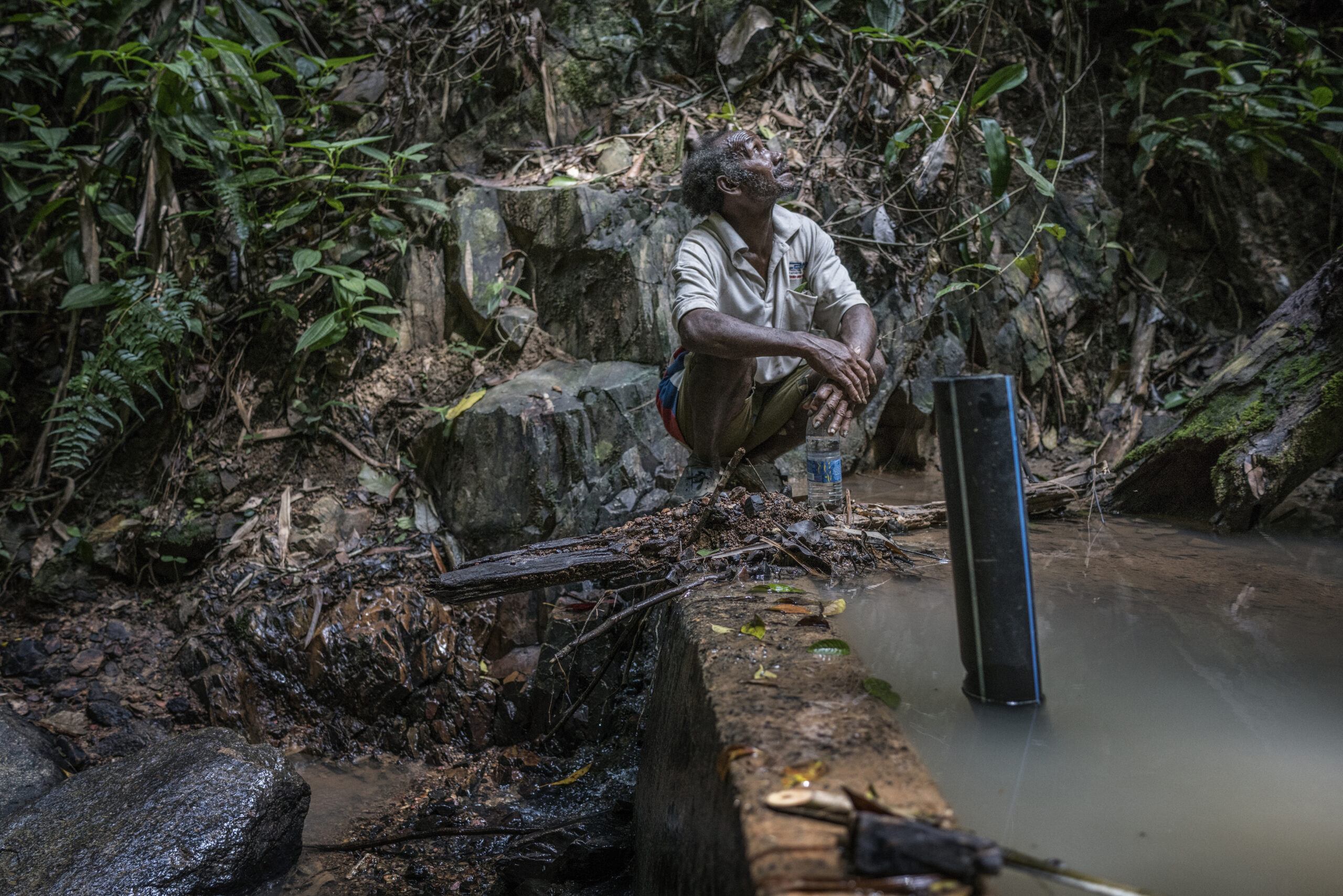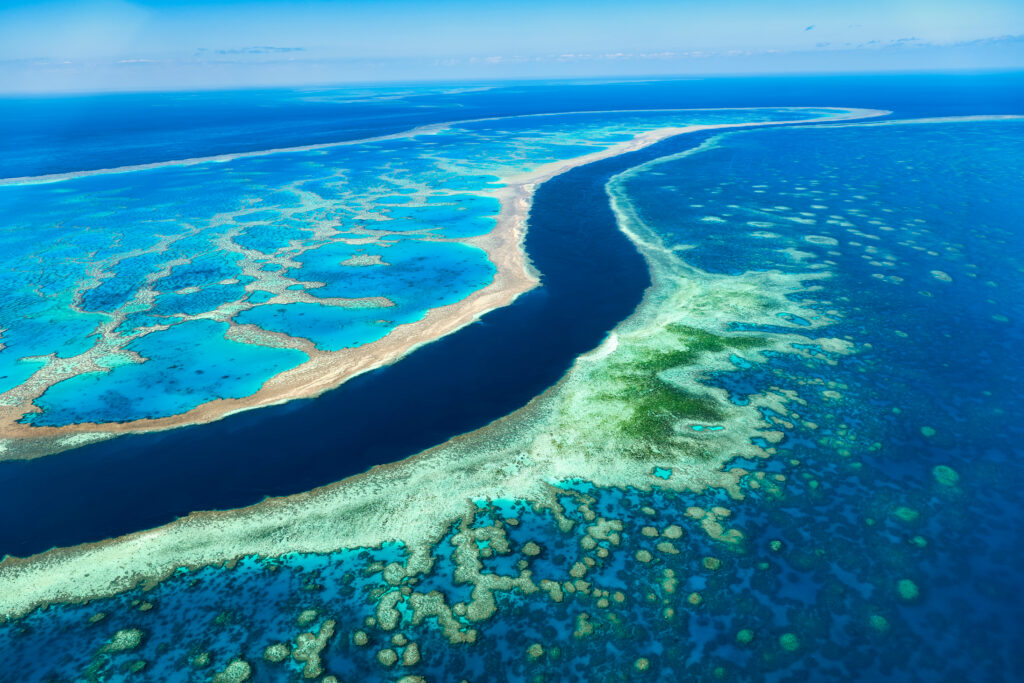Ecotourism in the Philippines is part of a USD 41 billion tourism industry that accounts for 8.9% of national GDP. Yet, this boom in ecotourism unfolds in a country that hosts the world’s third-largest coral reef area and 228 officially recognised key biodiversity areas.
The primary question is: can the country’s rapidly growing visitor economy bankroll conservation and resilient rural jobs faster than climate change and overtourism can erode them?
Why Ecotourism Matters For a Climate-vulnerable Archipelago
The ecological stakes are immense: the country hosts roughly 5% of all known plant species, yet 95% of its coral reefs already face local human pressures, with virtually all at high risk by 2030.
On the people side, tourism employed 6.75 million people in the country in 2024, 13.8% of total jobs. A significant share of these jobs were in nature-based enterprises located in coastal and upland municipalities.
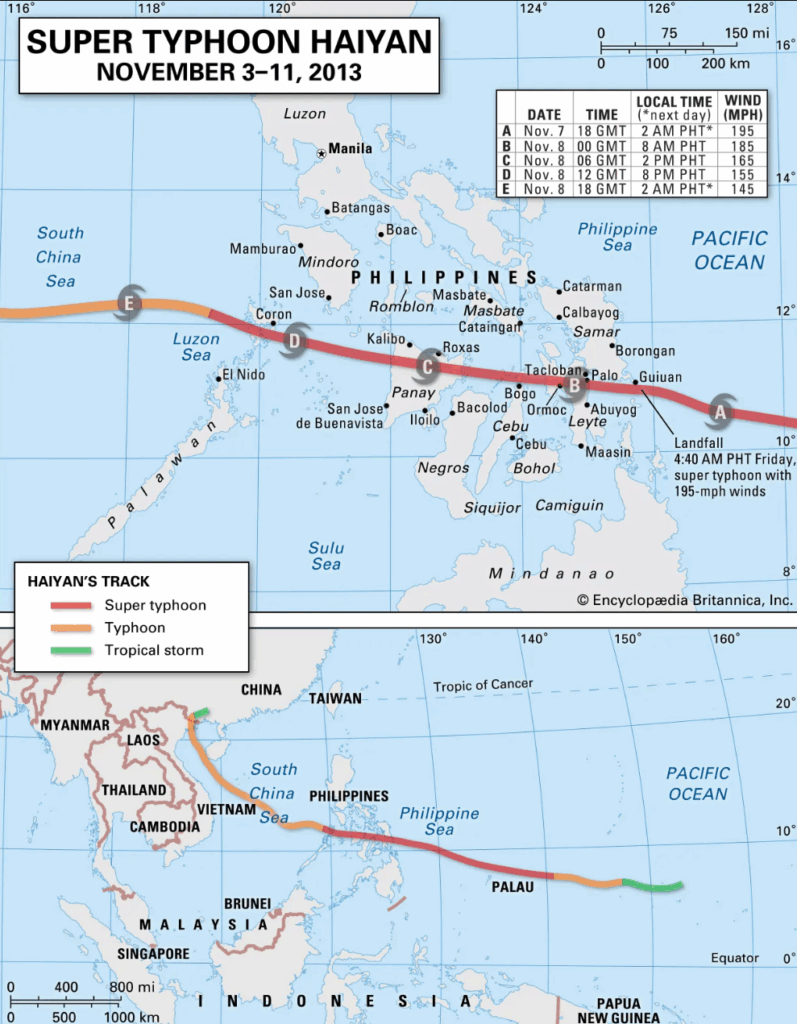
Climate hazards threaten both sides. Super Typhoon Haiyan (Yolanda) alone inflicted USD 12 billion in damage in 2013 and destroyed large portions of the coral reefs in its path. As storms intensify due to climate change, the risk to the tourism industry increases. As a result, diversifying tourism offerings toward low-impact, higher-value experiences is not a luxury — it is an adaptation strategy.
Mapping the Market: Size and Segments
The Bureau of Immigration tallied 14.73 million international arrivals in 2024, almost back to pre-pandemic levels. South Korea, the United States and China were the top three global markets. However, even when borders were closed, Filipinos continued to travel domestically. The Philippine Statistics Authority’s “2022 Household Survey on Domestic Visitors” shows 39% of Filipinos travelled domestically during the year. Travellers spent an average of USD 61 each, and 40% stated that “pleasure” or “vacation” was their primary purpose. While not a direct reflection of domestic ecotourism growth, it suggests that there is a viable domestic market for expansion.
High-value Niches
Two flagship nature segments dominate tourism spending. First, scuba‐dive tourism generated around USD 1.3 billion in 2023, nearly double its 2022 amount. Second, whale-shark encounters in Oslob, Cebu draw about USD 22,000 in ticket sales every day, making it the world’s most lucrative whale-shark site, while underscoring the need for strong visitor cap controls.
Together, these figures show how specialised nature products already channel billions into coastal communities, an economic base that ecotourism planners can scale if environmental safeguards keep pace.
Ecotourism Sites in the Philippines
Against the backdrop of surging domestic and international travel, a handful of flagship destinations are already showcasing what successful, climate-smart tourism can look like. By pairing strict ecological safeguards with targeted fee systems, these sites turn visitor enthusiasm into steady funding for conservation and community livelihoods.
Marine Hotspots
Tubbataha Reefs National Park provides the clearest evidence that well-designed user fees can effectively fund the protection of world-class reefs. During the 2024 dive season, the park collected approximately USD 330,000 in conservation fees. These fees cover 35% of total management costs and pay 100% of day-to-day operations, allowing ranger patrols and coral-bleaching surveys to continue even when external grants dip. In effect, the entrance ticket buys both a bucket-list experience for tourists and funds the protection of the reef.
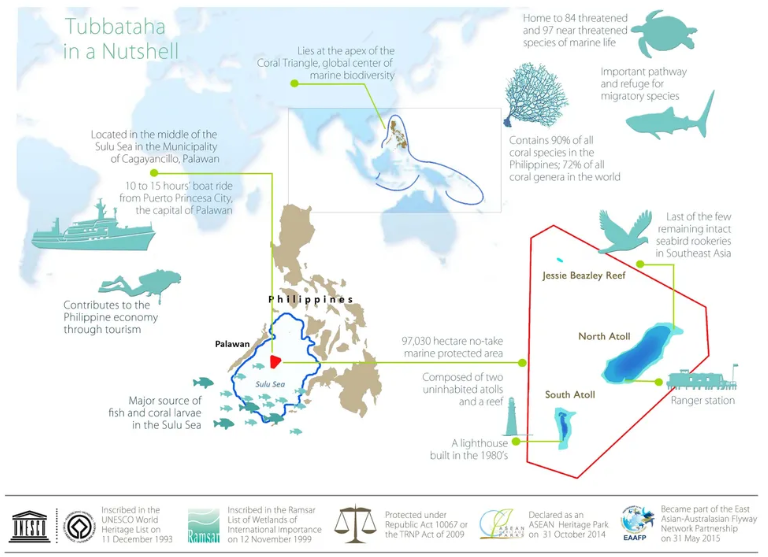
Just 450 km northwest, Apo Reef Natural Park is setting up a similar model. The park has a USD 62 fee for foreign scuba divers, which helps keep numbers low while maximising revenue. Even under strict daily caps, the park reported USD 7,656 in revenue during the first nine months of 2022, which is used to partially fund ranger salaries and mooring-buoy maintenance. The low visitor cap allows coral time to regenerate between visits and funds their protection.
Terrestrial Gems
On the fringes of Metro Manila, the privately run Masungi Georeserve charges a USD 26 conservation fee per guest for its Discovery Trail on weekdays. According to co-founder Ann Dumaliang, the entire 20 square km reforestation and ranger program is “financed solely by the savings that we have from Masungi Georeserve”. The model now sustains 17 ranger stations, funds limestone restoration and has earned the site the 2022 UN SDG Action Award.
National Ecotourism Strategy
Manila’s policy is shifting from ad-hoc grants to a coherent, ecotourism-focused approach. At its core is the National Ecotourism Strategy and Action Plan 2024-2028. The roadmap benchmarks carrying capacity limits and lists seven priorities, foremost among them promoting ecotourism investment, sustainable financing and digital transformation. The Department of Environment and Natural Resources amplified that vision in May 2023, urging a national shift to “regenerative tourism” that leaves destinations better than visitors found them.
Money is following the strategy. Land Bank’s USD 88 million sustainability bond listing in August 2024 saw overwhelming demand and will provide loan capital for sustainable and socially focused projects. On the demand side, the country is working to increase overall tourism rates. For example, 14-day visa-free entry for Indian nationals, taking effect in 2025, is expected to increase arrivals from India in the coming years.
These measures broaden funding streams and diversify markets, creating a runway for a quickly growing ecotourism network.
Challenges To Tackle For Future Success
However, there are still challenges in developing the Philippines’ ecotourism economy. Ecotourism’s best assets are also its biggest Achilles’ heel. Overcrowding in hotspots like El Nido still outstrips infrastructure. For example, only 3.3% of town-centre households are hooked up to the new sewage plant. Climate shocks add more pressure. When Super Typhoon Odette (Rai) smashed Central Visayas in December 2021, tourism losses hit USD 59.5 million and damaged 500 enterprises, while the fourth global coral-bleaching event in 2024 threatens the very reefs that lure high-spending divers.
Yet, the payoff for tackling these headwinds is huge. The USD 100 million Sustainable Tourism Development Project for El Nido and Coron, funded by the Asian Development Bank, is already implementing low-carbon water, sanitation and waste systems into the country’s busiest marine area. Couple that with the National Ecotourism Strategy’s push for digital visitor caps and community revenue shares, and the Philippines can convert today’s vulnerabilities into a resilient, nature-positive visitor economy.
Eric Koons
Writer, United States
Eric is a passionate environmental advocate that believes renewable energy is a key piece in meeting the world’s growing energy demands. He received an environmental science degree from the University of California and has worked to promote environmentally and socially sustainable practices since. Eric has worked with leading environmental organisations, such as World Resources Institute and Hitachi ABB Power Grids.
Eric is a passionate environmental advocate that believes renewable energy is a key piece in meeting the world’s growing energy demands. He received an environmental science degree from the University of California and has worked to promote environmentally and socially sustainable practices since. Eric has worked with leading environmental organisations, such as World Resources Institute and Hitachi ABB Power Grids.

